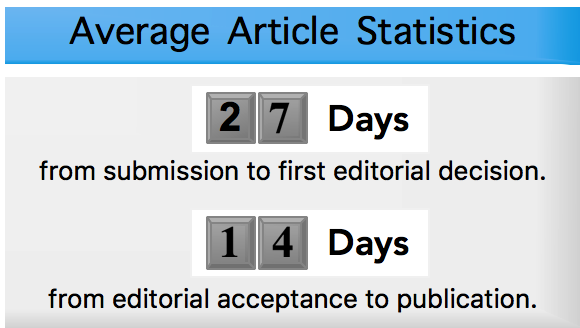Downloads
Abstract
Rice husk from vast paddy fields is an abundant biomass fuel for industrial boilers in the trend for development of renewable biomass energy in Vietnam. After biomass combustion supplying heat for boiling water and generating steam, the steam generators discharge significant amounts of rice husk ash (20–25 wt% of initial rice husk). Rice husk ash is an inexpensive source of silica and carbon. Environmentally friendly processes of recycling rice husk ash can produce nanosilica and biocarbon materials for various industries, including polymer nanocomposites, paints and coatings, water purification, agricultural chemicals, cosmetics, and biomedical materials. In this paper, raw material of rice husk ash and products of nanosilica and biocarbon are investigated using X-ray fluorescence spectroscopy (XRF), elemental mapping with microscopic X-ray fluorescence analysis (micro XRF), X-ray diffraction analysis (XRD), Fourier-transform infrared spectroscopy (FTIR), ultraviolet-visible absorption spectroscopy (UV-Vis), electron microscopy (SEM) and energy dispersive X-ray spectroscopy (EDS). Analytical results of nanosilica materials exhibited amorphous silica structure, nanoparticle size (< 50 nm) and high silica purity (SiO2 > 95%). Nanosilica gel and nanosilica powder were mixed with polyvinyl alcohol (PVA) to synthesize PVA/nanosilica thin films using the solution casting method. Mechanical tensile testing of PVA/nanosilica films showed that nanosilica reinforcement significantly improved tensile strength, elastic modulus, elongation at break, and energy to break. Characterization of biocarbon revealed crystalline silica, graphite structure, and elemental composition of carbon, oxygen, silicon, potassium, magnesium, and phosphorus. Biocarbon containing silica and graphite would be applicable as a good reinforcing material for polymer composites. Elemental contents of potassium, phosphorus, silicon, and magnesium in biocarbon are essential nutrients for planting in agriculture. In general, the products of nanosilica and biocarbon would be good qualities for many scientific, agricultural and industrial applications.
Issue: Vol 7 No S1 (2023): Special issue: National Young Scientists Conference 2023
Page No.: 1-16
Published: Dec 31, 2024
Section: National Young Scientists Conference 2023
DOI: https://doi.org/10.32508/stdjns.v7iS1.1327
PDF = 84 times
Total = 84 times

 Open Access
Open Access 








